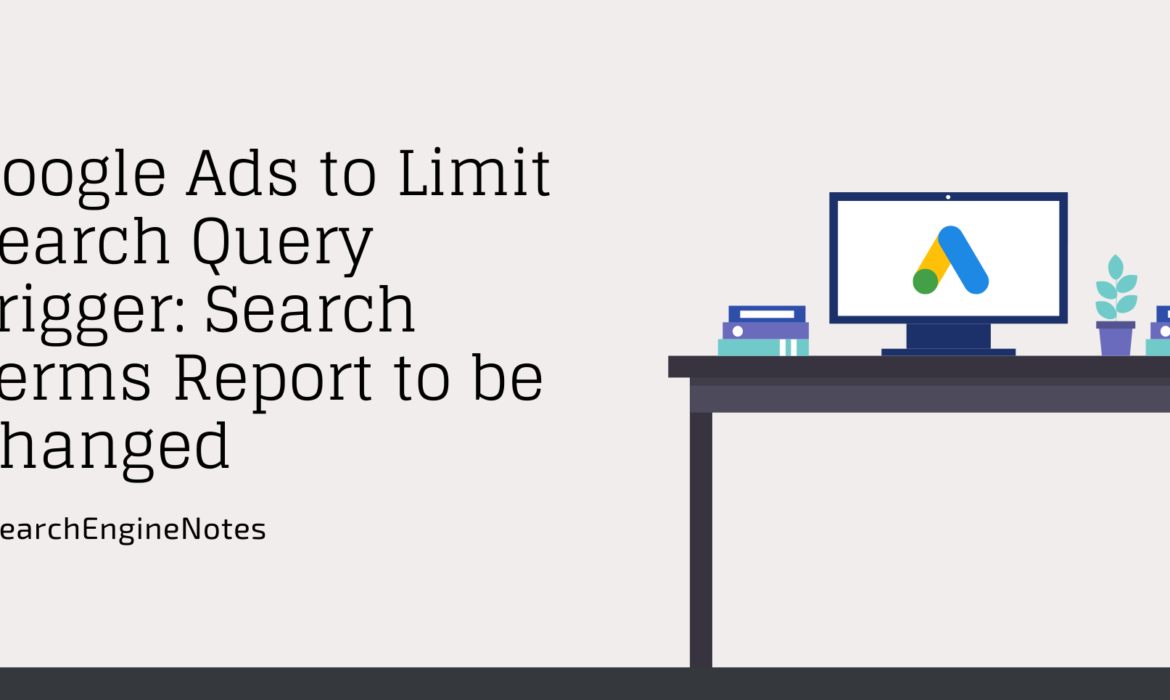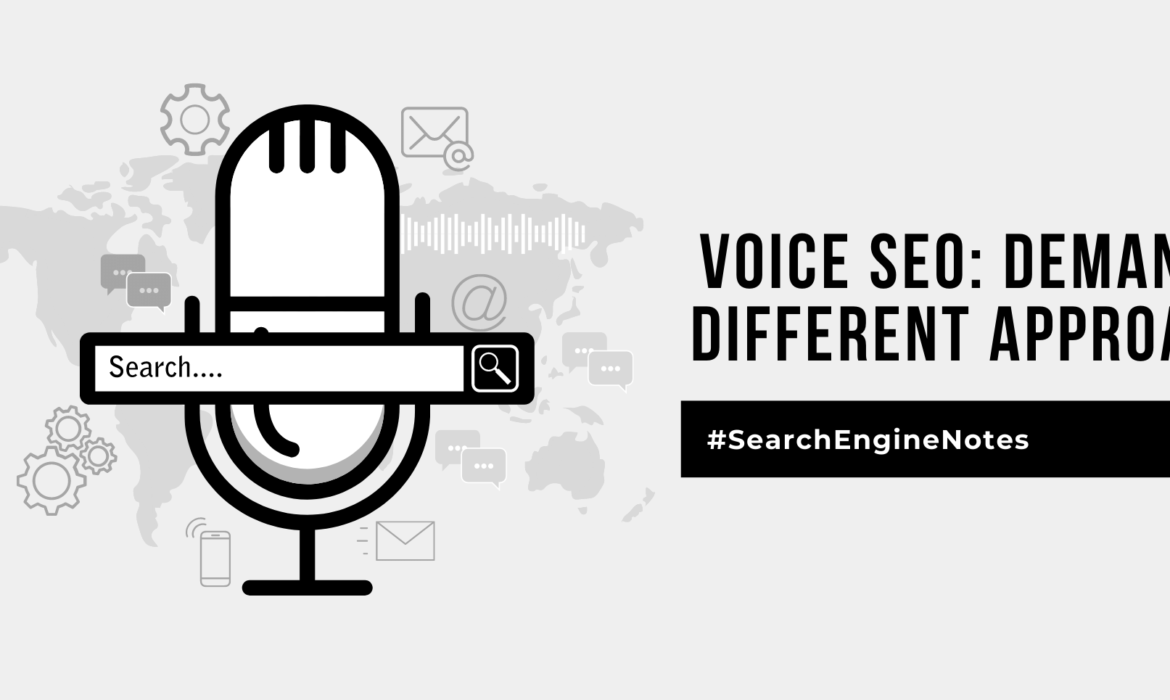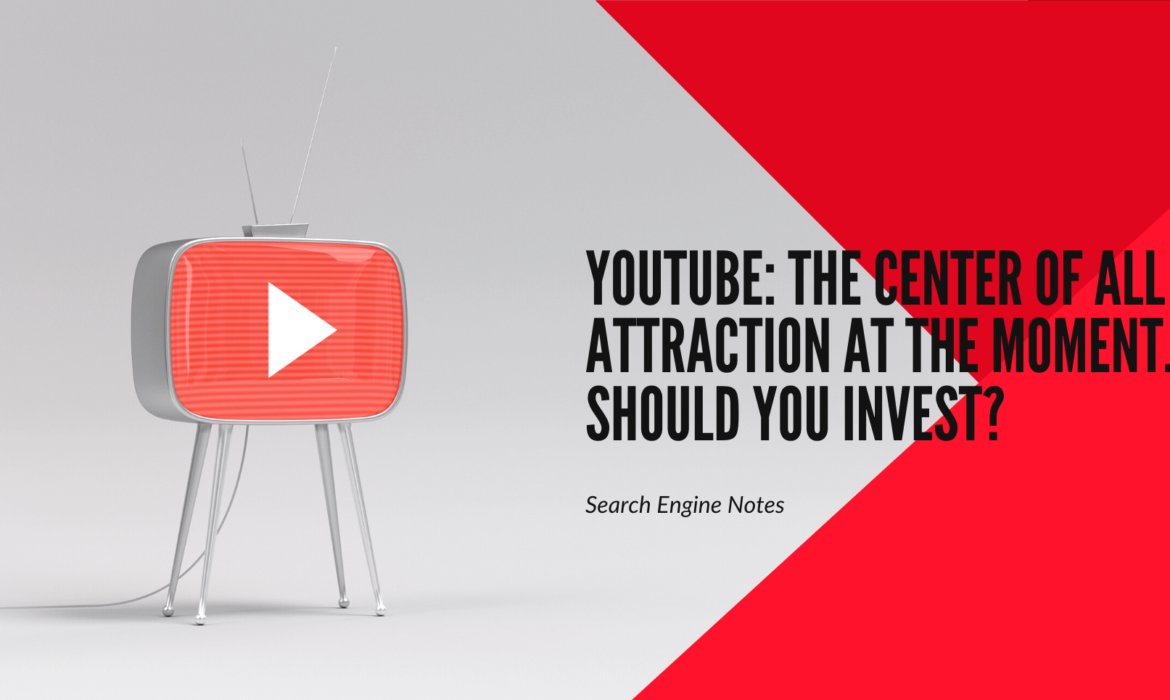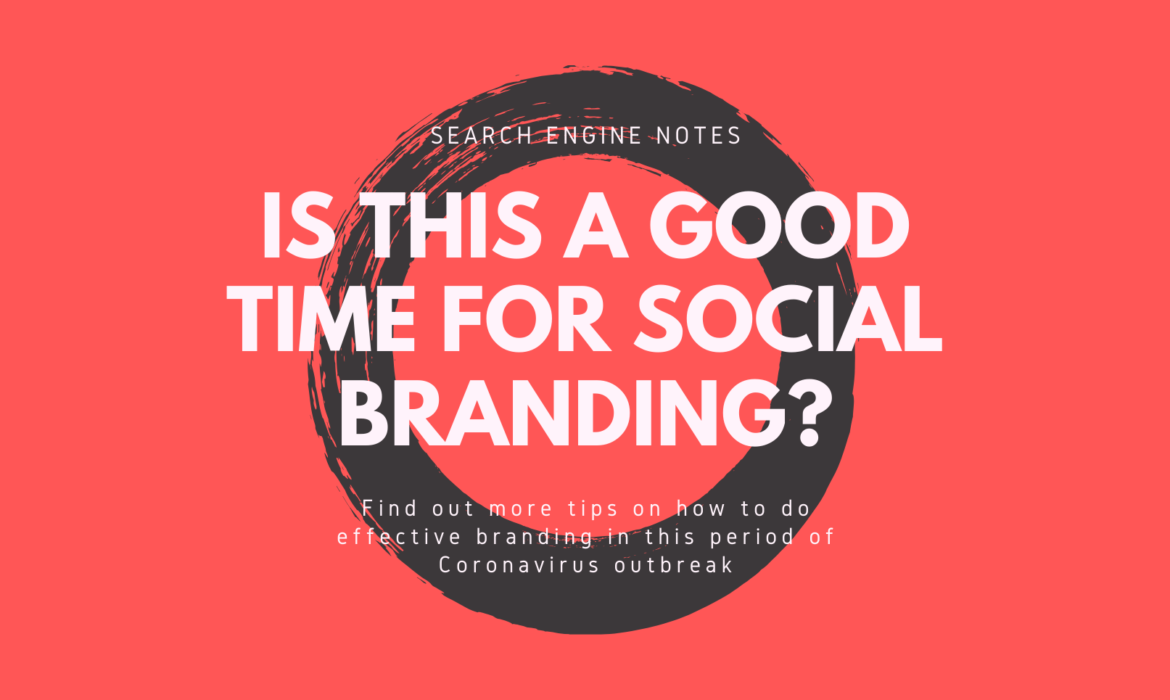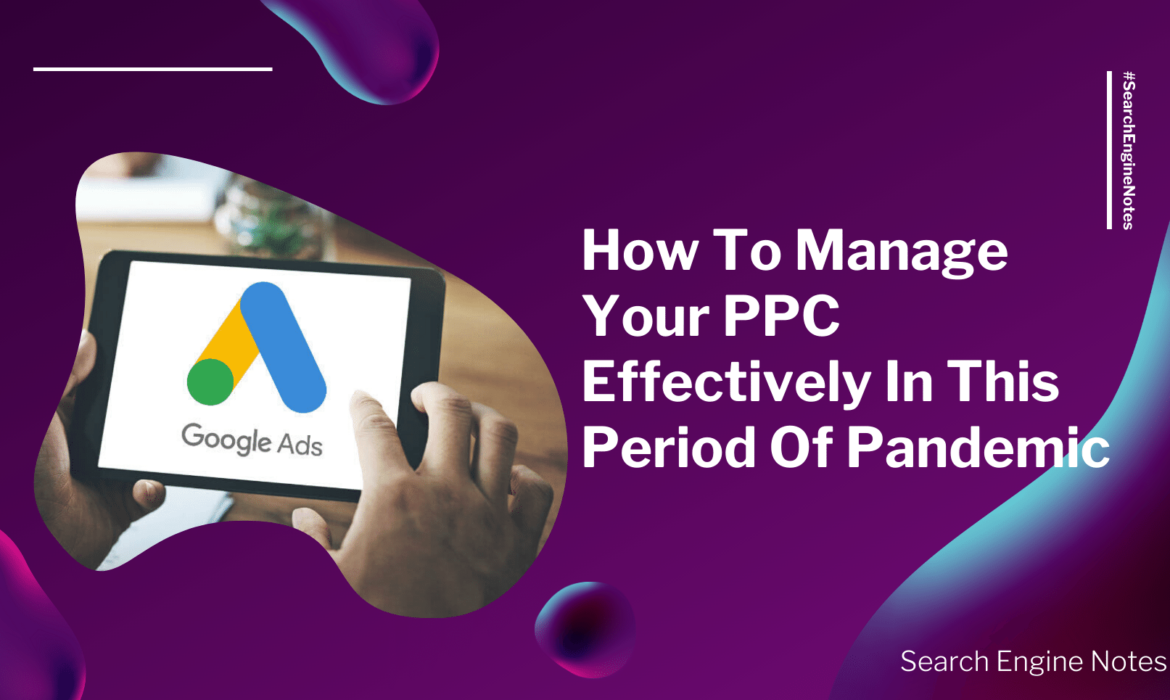Google Ads to Limit Search Query Trigger: Search Terms Report to be Changed
Google issued the following statement: “In order to maintain our standards of privacy and strengthen our protections around user data, we have made changes to our Search Terms Report to only include terms that a significant number of users searched for.”
The effect of this change will primarily depend on how Google defines ‘significant’. This will surely affect the campaigns and budgets of many advertisers. The range of impact is yet to be ascertained. Currently we can see search terms with only one impression or click present in the search term reporting. This is a common sight but we can guess that this will not continue in the near future. All we can do now is wait and see how Google approaches the change to the search terms report.
We have to respect the fact that Google wants to protect user privacy but we also have to consider the impact once the data is withheld. The purpose is clear, Google wants to prevent misuse the access of personally identifiable information which users may have included in their search queries. It is also to prevent advertisers from exploiting query data to identify users.
Google already has a limit in terms of query data in their Search Console for this particular reason. A users’ query triggers ads and whenever a user clicks the advertiser has to pay for that. Now if this data is taken away, advertisers won’t know what we can’t see.
If the change is limited to only sensitive queries which trigger privacy issues then it is fine. Our main worry is that the statement has a different essence and there are thousands of low-volume queries with absolutely zero privacy risk. We hope Google will take the best course of action as far as this change is concerned.
The main challenge will be in the area of negative query management. Advertisers will have far less control over the queries that trigger their ads. Over the period of time advertisers have gradually shifted their focus a lot from positive keyword management to negative keyword management approach to their keyword optimization. Search terms reports play an important role nowadays because of this.
Limiting access to this data will create problems for advertisers. They will not be able to determine which queries should be added to the negative keyword lists to make their campaigns more efficient. A single low-volume keyword will not have much impact but in aggregate the costs will add up. Advertisers will not be able to understand which words or phrases are working and which ones are not.
Voice SEO: Demands Different Approach
Everyone thought that voice and virtual assistants will take over the market by storm. A lot of products were launched to target the consumers in this category. You will be amazed to know that the most voice search queries are placed from smartphones till now even after a few years has passed after the first virtual assistant products were launched. The likes of Google Home and Amazon Echo range are yet to see success in this segment.
Google still believes that there is a potential in this market and they continue to do intricate research on human language and wants to improve their search results with natural language understanding. The following voice search study data shows how much gap exists in terms of quality between Google and Amazon.

While previous studies had shown a different picture, the above data show the Google Assistant (on Android smartphone) and Siri had the lowest percentage of unanswered questions (2%) compared with Alexa, which couldn’t answer 23% of questions. This shows an astounding improvement for Siri and Alexa is the only one which is lagging behind in this competition.
We know that various voice assistants rely on different sources of information for generating answers to search queries. This is because they provide different results for the same set of questions.
Google Assistant responds to local queries with content from Google My Business (GMB) and the local pack. Siri draws primarily on Yelp. Alexa relies on Bing, Yelp and Yext.
Areas of focus for Google optimization:
- Focus on Google My Business
- Use structured data
- Use content that are in conversational language
- Focus on common user questions and standard FAQs for your products and services
Areas of focus for Siri:
- Optimizing Yelp business profiles
- Choosing the correct business categories
- Adding lots of images (applicable for GMB too)
- Keyword Optimization in Yelp profile content
- Having a steady stream of reviews
- Responding to reviews on a regular basis
It is needless to say that if you are already in the habit of using best practices for SEO then you will do relatively well in results for voice search too. The key to optimizing for voice search is to write content for your users and their needs. To summarize, we believe that keeping your focus on the platform specific factors, voice or conversational optimizations (FAQs), creating the right content for your customers and paying attention to listings and reviews should fetch you good results.
YouTube: The Center Of All Attraction At The Moment. Should You Invest?
Many digital buyers and strategists are pulling their hairs apart to maneuver their brands through these trying times. One platform is emerging as a promising place for their Ad revenues.
The popular video sharing platform owned byGoogle, our very own YouTube has been showing some promising trends during recent weeks.
First of all, let us address the CPM trend. For those who are not familiar, CPM is a standardized metric for assessing media costs, it stands for “cost per 1000 ad impression”. It had been forecasted previously that CPM costs will drop as a direct result of brands and advertisers pulling the plug on their ad campaigns and businesses shutting down because of the implementation of quarantine lockdown by various governments across the world. Until and unless consumer confidence is restored we can not expect things to normalize soon.
There’s another group of experts who are hinting at something else as the reason behind this. A sudden spike in content consumption is providing more ad revenues than usual.
With most users stuck at their home and on their once loved now despised couch, the amount of time spent online and specifically on YouTube has increased exponentially. YouTube is a go-to entertainment platform for binging on videos of myriad categories and thus it provides an endless supply of content for average users. Thus people are spending more time on the platform and more and more videos are being watched thus increasing the overall opportunity of showing ads.
There’s another avenue opening up onYouTube as well. Since most of the big-budget studio productions are now out of action, Independent creators and Solo content specialists are grabbing the opportunity and cashing out on higher subscription and viewer rates.
Creators who are still able to cater to their subscribers in the midst of this nimble situation are the ones who are capitalizing on the shifting search trends. They can be more agile, adaptive and fluid and can better respond to the shifting demands of their viewers.
The ‘Davids have an opportunity to take a chunk out of the Goliaths’ share. Studio creators cannot do anything to keep their audience captive and prevent them from searching for other creators out there. Since people now gave more time to expend nobody can prevent this from happening.
To conclude, businesses are still skeptical about spending their ad revenue at this moment even though they are aware that users are more likely to get exposed to their ads now more than ever. We have to understand that they have to in fact we all have to deal with an unknown timeline. So it is advisable that businesses must balance between their offerings and their efforts to grab the consumers’ eye also keeping in mind the fact that they need to be extra cautious in order to pull through any future turmoil that are yet to come.
Is This A Good Time For Social Branding?
Brands are suffering in this period of coronavirus crisis. Quarantine restrictions are limiting customers from visiting local retail stores, logistical issues are diminishing e-commerce sales and manufacturing closures. The ongoing crisis is ramping up the pressure on marketers who are expected to ride this crisis wave. While some companies have high demand and relevancy for their products and services, others are struggling to get sales. This means you need to rethink your marketing efforts to make them more relevant.
As publicists, brand marketers, and agency owners, many of us are not prepared for such a crisis that affects the market on a global scale. Most of us have never lived during a pandemic, let alone personally experienced one. But we must prepare for an ongoing crisis. As marketers, we should not get bogged down.
In the agency world, how marketers handle this crisis will separate the pros from the noobs. Remember when everyone thought they could buy social media services for a few bucks because their kid in college could do it? Now this will reset the playing field.
This will be a time when it will suddenly become evident as to why some agencies charge a premium for their services. The bottom funnel marketers will keep on marketing through this as if nothing is going on. Their posts will be out of tune. Their scheduled tweets and pre-written content for campaigns will continue as if we were still living in a pre-pandemic online environment.
Strategy not only means knowing to post and when but also when to stay silent. Clients will pester and poke. They will ask the obvious, “Why should I pay you if you are not going to post anything?” But they should know that they are paying you because you know that shouting while nobody is interested is not going to work.
Coronavirus will impact every sector and industry, including marketing, public relations, and social media.
Here are some ideas which can bridge the gap in this period of crisis:
- Use Social Media to connect with your Audience
Every one of us is tackling this crisis in our own way and most of us are locked in our homes with our whole family. We are not allowed to do anything, especially things that most of us love to do viz, meeting up with our buddies, going for movies, eating at our favorite food joints, etc. This might seem unimportant but this actually takes a heavy toll on all our minds. So as a brand it is time to step up and show empathy instead of pushing products and services and bothering about sales only. More people are on social media now while stuck at home, scanning for updates, and trying to stay connected. It is a great time to show initiative as a brand and use your business to contribute to the needed and assist the helpless. Leverage your deeds in the correct manner on social media and promote your brand effectively.
- Being Online is the key now more than ever
It’s quite evident that search traffic and social media login times have surged significantly in the past few weeks. This trend is destined to continue because people are glued to their phones, tablets, laptops, and other gadgets constantly looking for updates and also crunching through online content like never before as they look for ways to pass time and keep their minds occupied as they are forced to stay at home. Anything online right now will be consumed more than ever before. This is the time to step up and not be hidden in the online landscape. It’s the perfect time to leverage search engine optimization (SEO) strategies to climb to the top of Google’s search engine results pages (SERPs)so that your business gets the maximum exposure online.
- It’s time to put a tick on pay-Per-Click (PPC) Advertising
PPC marketing can enable you to gain a competitive advantage as a brand as more and more people are at home with their eyes scanning everything online. Also to add a cherry on top of that cake, on an average CPC, has decreased by 5-6% across all sectors for the past two weeks. So it will let you gain a considerable market share without breaking the bank. Also word is CPC will continue to fall in the weeks to come.
- It’s time to leapfrog your competition
Nothing pays like staying on the front page of SERPs. It increases organic traffic to your website and helps your target audience to steer clear of your competitors. Climbing to the top of the list on the front page of SERPs is a time taking process. You need to incorporate strategic SEO techniques to quickly shift gears and move up the list. This is of utmost importance because you don’t want your customers to search with certain keywords and call up your competitors for the products or services that you are also offering. It is advisable that you continue to optimize your website and content on a daily basis and also not abandon your SEO efforts else a pause in these will result in you losing turf in terms of search results and end up losing a lot of business.
- Is your business ready for the long run?
TheCoronavirus outbreak will be a distant memory soon after a few months. After this phase goes away and the normal way of life returns, consumers will also surface with their normal purchasing behaviors. So pausing your marketing efforts especially SEO will have a compounded impact on your business in the long run. SEO is a long-term strategy that needs months if not years of disciplined efforts to fetch results. Theoretically speaking, the steps you take in SEO today will show results after 2-3 months. Thus pausing your SEO campaign now will result in your business losing valuable ranks in SERPs and you are destined to take a hit in terms of organic search traffic after things go back to how it was before.
How To Manage Your PPC Effectively In This Period Of Pandemic
The marketing and advertising world has also come to a standstill with the spread of COVID-19. The recent outbreak created a massive impact on both the real and the digital world. The majority of businesses and firms have shut down all over the world. Many people are suffering from the drawbacks of this situation.
Freelancers and agencies have suffered huge losses and many businesses have pulled the plug on their advertising campaigns. It is time for advertisers to adapt to the situation and be more creative and understanding without losing their cool. We have put together a list of things which you can do to manage your PPC better in this period of time:
- Reiterate messaging and values to align with the current situation: Companies have to shift to promoting those products and services which have higher demand right now. The main trends that are hot in this hour are:
- Working from Home
- Social Distancing
- Family Time
- Essential and Medical Services
- Online tutoring or HomeSchooling
- Streaming services and VoDs
Ifyour product or service be can be associated with or can be modified to fit into one of these areas, shift into a temporary plan to promote these initiatives.
Businesses may also try and shift into virtual services or virtual consulting and provide online workshops or webinars.
All active campaigns must be reviewed and see if the messaging still fits the current environment, for example:
- Review CTAs like “Visit us in-store” and revise
- Display and social ads images which promote people in groups or touching
- Add outdoor pickup information
- Include detailed shipping information with benefits like free, fast, etc
- Hours of operation and any deviation from the normal services
- Your company’s response to the virus – a quote or messaging
Though it is fruitful to use some of these messaging in the primary ad copy, we also recommend that you shouldn’t forget to fully utilize Ad extensions such as site links and call-outs to convey the information.
Retaining a minimum brand presence is crucial and continue to feed the upper funnel because it may be harder to recover later after losing momentum. Though it is evident that the situation needs to be acknowledged and a softer sales approach is recommended.
- Change in Search Behavior: Though people are staying at home and maintaining social distancing they are more active online. They are still searching and researching their areas of interest, making purchase decisions and they continue to live their lives online for the time being. Communication about services that can be delivered virtually and delivery schedules for the same is very important. Ad copies orAd extensions communicating benefits like free delivery, door to door pick-up, contactless drop-off, etc. should be used.
- Negative Keywords: You are likely to see major or minor shifts in search queries triggering your Ads irrespective of the industry. The following approaches are feasible:
- Review all search terms and display campaign placements in real-time for keywords and content related to COVID-19
- Try and predict searches that may trigger your ads and create a consolidated negative keyword lists that can be shared among all campaigns and easily updated
Try and excludes keywords related to COVID-19 like:
- Corona
- COVID
- Coronavirus
- SARS
- Virus
- Wuhan
- Epidemic
- Pandemic
Google trends are the best tool which can provide you with the latest information on search behavior
- Revise Budgets and spending: Take a look at your budget vs. spend and shift it towards products or services that have more popularity and relevance now.
Depending on the platform, instead of setting up daily budgets try experimenting with monthly or lifetime budgets. This will save a lot of valuable time for other important account management tasks. It is advisable to really focus on improvising and finding a balance between multiple campaigns so that you can identify gaps and allocate budgets that have not been utilized throughout the year and apply it to the important ones.
- Focus on the right channels: With the current lockdown and #stayhome trending people are spending most of their leisure time on social media. People are engaging more with content like news and videos.
Facebook and WhatsApp have reported an increase in usage of their messaging, voice, and video calling services.
As mentioned earlier, many businesses have stopped or rather paused their marketing initiatives. This means there is an opportunity for advertisers because they will now face less competition and increase market share easily without making any changes to their current budgets. This is the moment to reach and connect with people at the top of the funnel through PPC and paid ads on social media.
Some opportunities worth mentioning are given below:
- In-video ads and YouTube Ads
- Pinterest for those groups who are discovering new products for purchase
- Expansion of display ads on the Google Display Network and Microsoft Audience Network
- Twitter is also a great option but there are repercussions with brand reputation issues arising from negative feedback and activities

